Table of Contents
In the past, we’ve discussed the importance of packaging design and how effective design can help elevate your product and make it stand out.
Well-designed packaging can do a lot for your business, and it’s vital to spend some time getting it right. In this article, we’ll discuss how to write a successful packaging design brief.
Importance of packaging design
Packaging design plays an integral role for your brand for several reasons.
Perhaps most importantly, packaging protects your product!
It ensures that it gets from point A to point B safely and reduces any chances of damage.
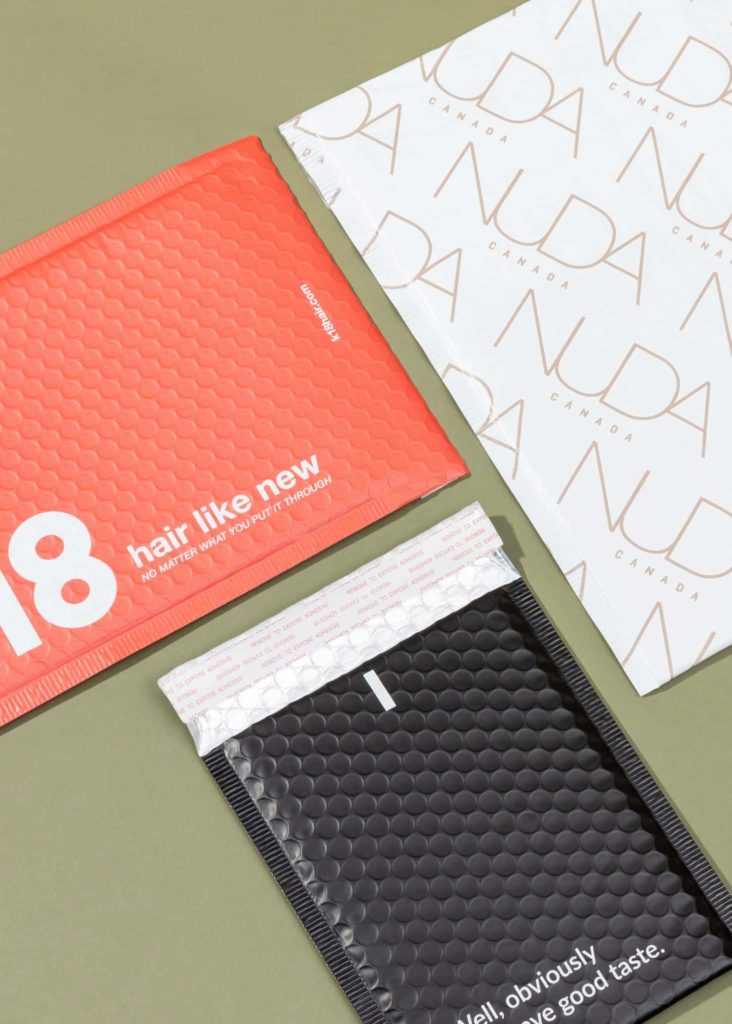
Packaging design offers a way to differentiate your brand from the rest and establish a strong brand story.
Depending on the design, materials, and colors, your brand is easily identified, enhancing your overall brand narrative.
Combined with the marketing value that comes with successful packaging designs and the customer experience that it creates, there is no denying that great packaging design can genuinely set you apart from the rest.
To ensure that your packaging design goes from idea to fruition, you will need to put together a design brief.
What is a Design Brief?
Think of your design brief as a set of instructions for the packaging designer.
That’s perhaps the most basic way of looking at it, but it’s essentially a single document that tells designers exactly what you envision your packaging to be.
Design briefs are a mixture of inspiration and direction that helps designers understand what you’re looking for.
Next, we’ll look at why creative design briefs are so important for packaging design.
Why are Design Briefs important?
Because you are putting down your requests on paper, there is clarity about what is required, what you’re expecting, and what the final product should look like.
If done correctly, it goes a long way in minimizing amends and edits.
It’s a clear and concise way to put forward expectations and makes the design process that much faster.
Not only that, but it offers transparency and time to flag any issues early on.
The creative brief for packaging design lets the designers get a sense of what you are asking, and they can clarify any questions and flag any potential roadblocks before delving deeper with your project.
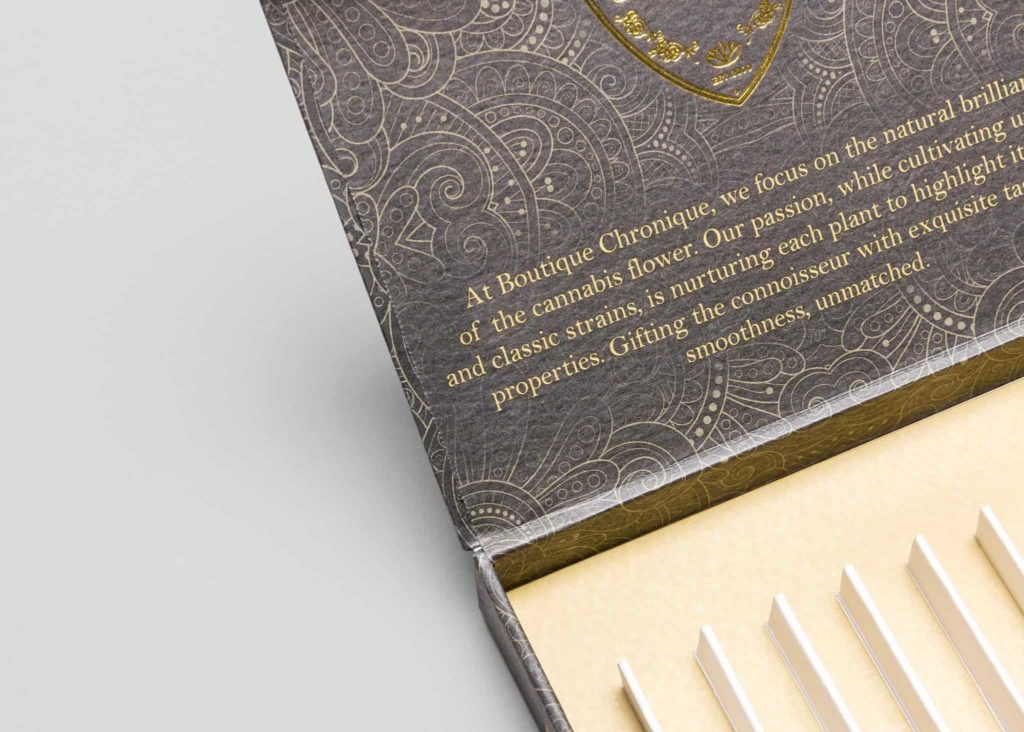
Once you’re ready to go ahead with your packaging design, it’s time to put together the packaging design brief.
Below we lay out the 4 fundamental aspects to include in your packaging design brief.
- The Overview
Ideally, your brief needs to be as straightforward as possible, follow a simple structure and remain realistic.
On a broader level, you will need to provide details around the product, the challenges you’re facing, what you’re hoping the design accomplishes and the practical deliverables expected.
The Overview should go over the basics that lay the foundation for your packaging design.
First and foremost introduce your brand and product. This is almost like a pitch of your whole brand.
Clearly lay out your brand name, story, initiatives and how you plan to communicate and establish your brand narrative through your products.
Furthermore, provide a clear indication of what appeal your brand holds for your customers and establish what sets your products apart from the rest.
This could be competitive pricing, sustainable initiatives or any aspect that differentiates you from your competition.
This gives packaging designers a clear vision of what aspects you want to showcase and highlight through your packaging.
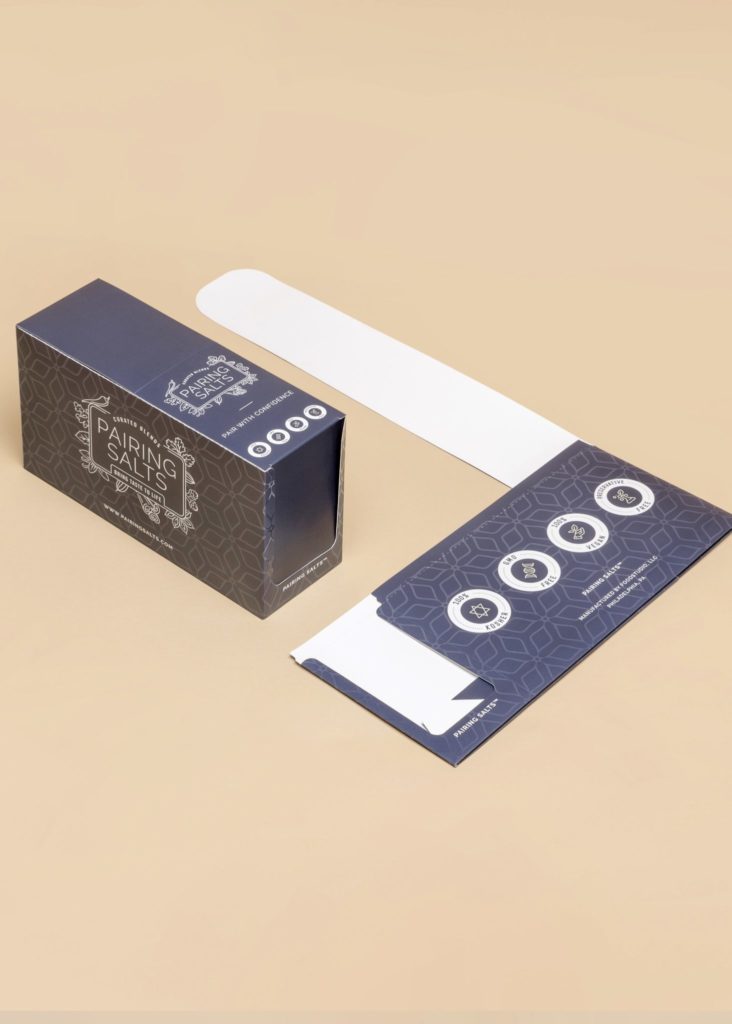
Next, you want to provide a company overview that highlights your niche.
How long has your company been around? Where are you located? How does the product you plan on packaging compliment your brand.
This provides a broad overview of your brand and business which allows your packaging designer to understand more of the ins and outs to ensure they provide you with packaging that fits into your brand narratives.
Last, but not least, what is the purpose of this packaging project?
Set a clear main objective for your packaging project and outline why your packaging design is important for your brand’s growth.
Providing these details offers a clear foundation for your packaging designer to work off of and allows them to start formulating ideas that already fall in line with your brand.
However, this is just the starting point for your packaging design brief.
We’ll now go into the branding details you can include in your packaging design brief to ensure the best results with the final product.
- Branding Details
Because your packaging design is an extension of your brand, going into detail about the branding can really help packaging designers create a strong box packaging design or general packaging design.
Brand positioning and competitor packaging are always a good thing to incorporate into the brief.
While this may seem similar to parts of the overview discussed above, this section should go into more depth to offer your packaging designer and really pitch the full brand strategy and brand positioning.
How do you fare against competitors, what do they do better, and what is your edge over them?
You can also offer understandings behind your logo design, social marketing presence and some reference photos that you may find useful in describing the appeal of your packaging.
This helps in designing product packaging that can really set your brand apart from others and tailor to your target market.
What do you want the competitive advantage to be, and how do you think packaging design could influence that?
Here you could reference some box structure examples you think may benefit your products.
The next part includes a clear outline of your target market;
- Who is the ideal customer for your brand?
- What do they tend to like and dislike?
- How does this fit into the competitive edge you’ve laid out?
- How do you intend to appeal to your target market?
You can also outline what your top priorities are as a business for packaging design.
This could include pricing, enhanced unboxing experiences or a combination of various other aspects that would add value to your experience with the packaging designer.
This will in turn help you in creating clear measurable marketing objectives that act as a checklist for your packaging designer.
Consider things you want to challenge with your packaging design. Are you shifting or enhancing initiatives you want to enforce as a brand. Sustainability? Convenience? Luxury?
You can also add any other research or insights you think might be useful around the brand, niche, and target market for the packaging designer.
Once you’ve laid out the different branding elements that need to be considered, it’s time to outline the exact requirements.
Exact Requirements
It’s time to lay out what the packaging design needs to look like based on all the information you’ve provided above.
Whether it’s a box packaging design or uniquely engineered packaging that you are writing this brief for, outline measurements, packaging qualities or sustainable packaging methods that need to be filled, no excuses.
If your product is already on the market and you are looking for an updated packaging design, explain the things that are wrong with your current packaging design.
This could include;
- High risk of damage
- Poor quality printing
- Expensive to transport
This gives your packaging designer an even deeper insight into your business’ past experiences with packaging and offers a checklist on what to exclude.
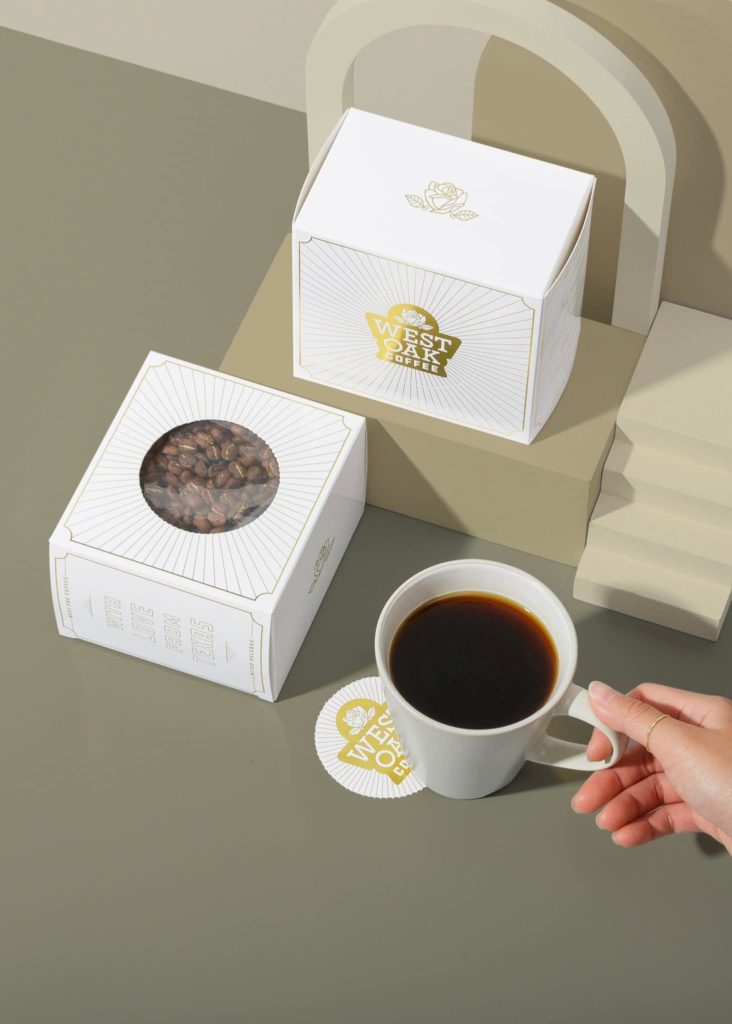
You can then go into packaging design limitations, such as specific information that needs to be presented by law or any other important information that must be on the packaging.
Are there any size, shape, or artwork elements that designers should not be included in the packaging design?
Again, this will help reduce the number of edits and changes needed down the line.
If you have them handy, references and examples are always a welcome addition to the brief!
Next comes the practical parts, such as materials and structure.
Outline a clear plan on what your distribution and shipping process will look like for this packaging design.
Make sure you have a clear product launch or relaunch plan in place to ensure the designer can engineer a design that will endure your distribution process and remain intact.
Will it need to be shipped long distances? How will it be displayed?
Understanding how the product will be shipped and displayed can help packaging designers choose suitable materials to create a durable and aesthetically pleasing packaging design.
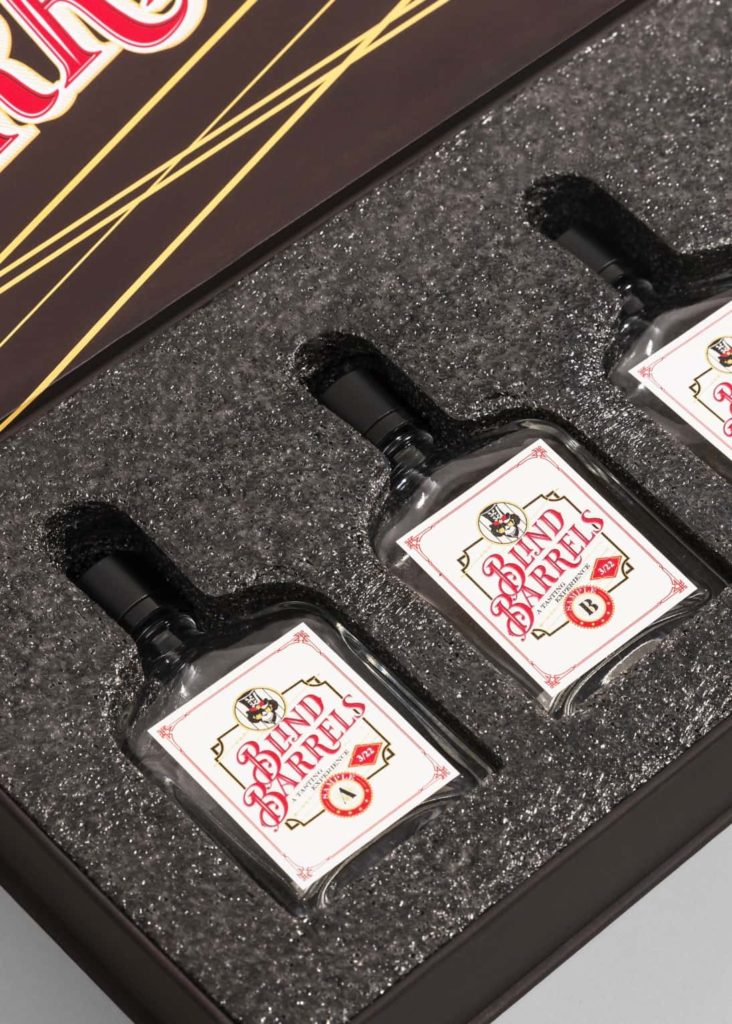
After you’ve done some research and provided some background information on potential structural designs, it’s time to get into the nitty gritty of the process.
What file types do you expect to use for sharing content for this project? PDF? Are there multiple people that will need to be part of the process or one person?
The next and final part of the packaging design brief should include how designs should be sent to you for approval and looking at the approval process more broadly to set expectations.
Approval
As the design process goes on, it’s essential to recognize that changes will happen, and having expectations set early on can help mitigate some of the roadblocks.
However, there is always a chance to change design requirements and elements during the process to accommodate your product more efficiently for example.
You might find that what you want for your product may not be what it needs.
Before moving ahead, work with the packaging designer to explore any changes to the brief, amending as needed, and work together to make sure both parties have a good understanding of the brief.
Including time for prototypes and approvals throughout the packaging design process can also help get your design ready faster. Make sure to peel your eyes for the details during the prototyping process.
Remember, the more detailed a creative brief for packaging design is, the better the results will be.
Not only does it save both you and the packaging designer time in the overall process, but it’s a crucial part of making the design process run smoothly.
You don’t need to add paragraphs and paragraphs of information, but following a template and including the information (and links to supplemental notes and references) can ensure that you have a structure in place for the designers to follow and that there is room to clarify things before moving forward.






